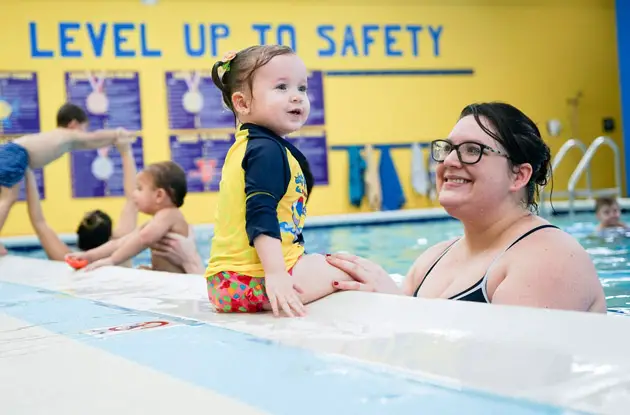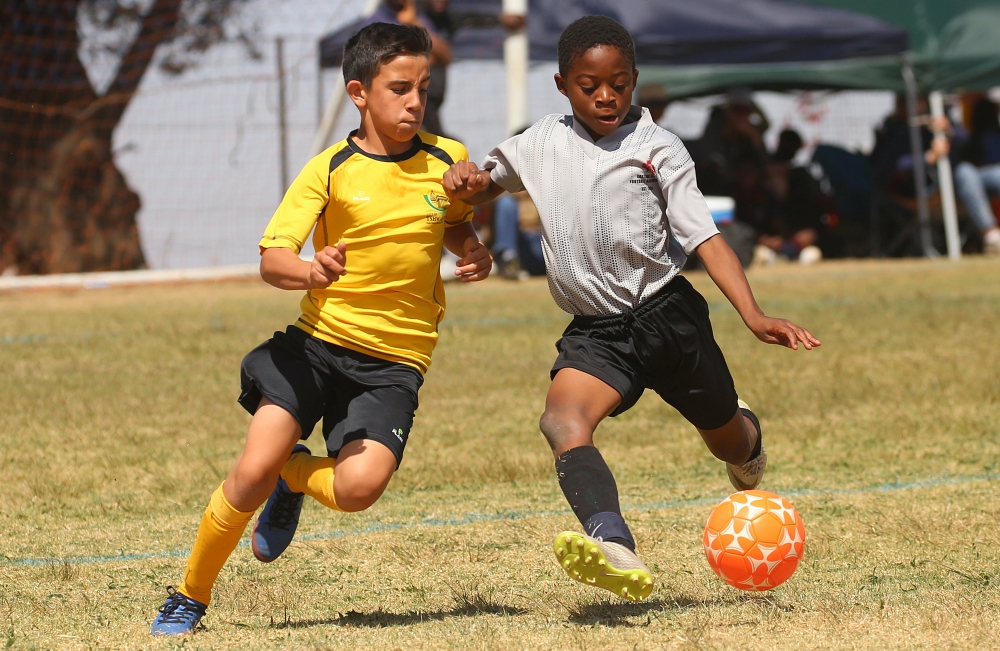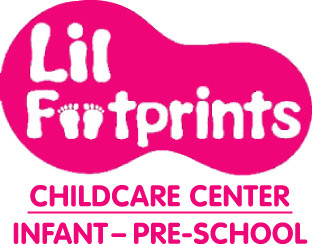
How to Reduce Children’s Risk of Drowning
Learning water-safety and swimming skills at an early age can reduce your child’s risk of drowning.
Get kid-friendly activities sent to you!
Get the Best Kid-Friendly Activities
Sent to You Weekly!
Water Safety Checklist
Water Safety Around the Pool
- Is there an adult water watcher or certified lifeguard?
- Has your child had formal swimming and water safety skills instruction?
- Is there proper fencing around the pool?
- Ensure there is a pool alarm, a children’s personal alarm, and a gate alarm.
- Are the pool gates self-closing and self-latching?
- Is there a phone by pool?
- Check for a life ring, personal flotation device, and/or shepherds hook available in case of emergency.
- Are pool water safety rules posted?
- Are there emergency 911 and CPR signs posted?
- Do the spa or whirlpool have safety covers for when they’re not in use?
- Inflatable pools should be emptied and turned over or deflated when not in use.
- Clear pool of all balls and toys to deter children from entering.
- Check drain covers for cracks, missing screws, and that they meet the Virginia Graeme Baker standards.
Water Safety Around the House
- Install interior door locks and door and window alarms, so you can be alerted if your child leaves without supervision.
- Put seat locks on all accessible toilets when infants and toddlers are in the home.
- Empty buckets, wading pools, sinks, and bathtubs of standing water when not in use.
- Landscape ponds can be a danger, so ensure your child has proper supervision when near them.
General Water Safety Tips
- Get trained in infant, child, and adult CPR and first aid.
- If a child is missing, check the pool first.








